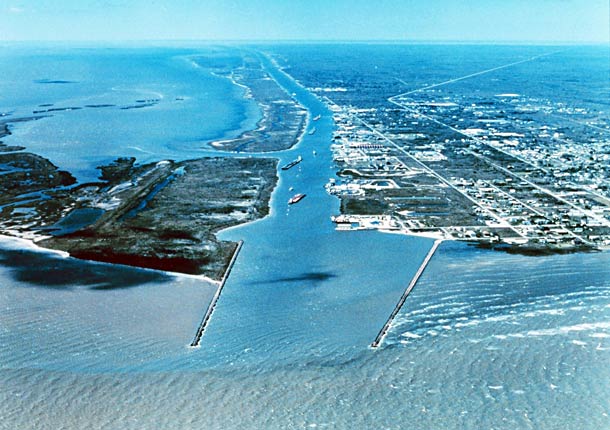College partners with TAMU- Galveston in new Institute for Sustainable Coastal Communities

Sam Brody
ISCC director
A new research institute dedicated to a better understanding of establishing sustainable and resilient coastal communities, places and landscapes will combine resources of Texas A&M’s College of Architecture and Texas A&M University at Galveston.
Creation of the Texas A&M Institute for Sustainable Coastal Communities was approved by the Texas A&M University System Board of Regents at an August 3 meeting.
The institute’s research, said Dr. R. Bowen Loftin, president of Texas A&M, should provide vital information for local communities, organizations and other stakeholders along the Texas coast, building on both universities’ land-grant and sea-grant statuses.
“Combining the two campuses’ expertise in planning and development with coastal processes will enable us to address issues related to coastal sustainability and resiliency more effectively,” said Sam Brody, the institute’s director. “No formal synergy between these interests exists in the U.S. and it puts us in a favorable position for large research grants.”
Brody, who has a joint appointment to the Department of Landscape Architecture and Urban Planning at the Texas A&M University College of Architecture and the Department of Marine Sciences at Texas A&M-Galveston, is holder of the George P. Mitchell ’40 Chair in Sustainable Coasts and also director of the Environmental Planning and Sustainability Research Unit and the [Center for Texas Beaches and Shores] (http://www.tamug.edu/CTBS/) .
The institute’s cornerstone will be the continued development of the web-based [Texas Coastal Communities Planning Atlas] (http://coastalatlas.tamug.edu/atlas.htm) , which helps users envision possible futures of the Texas coast.
“Anyone with an Internet connection can use the atlas to visualize data associated with critical coastal issues In Texas, including environmental degradation, natural hazard risks, vulnerable populations and significant changes in land use patterns, said Brody.
The atlas was developed through an initiative between Texas A&M’s [Hazard Reduction and Recovery Center] (http://hrrc.arch.tamu.edu) and TAMUG.
The new institute will bring together researchers from the College of Architecture and several of its research centers, including the HRRC, the [Center for Housing and Urban Development] (http://chud.arch.tamu.edu) and the [Center for Heritage Conservation] (http://chc.arch.tamu.edu) .
They will be joined by researchers from the marine sciences and marine biology departments at TAMUG and other Texas A&M affiliates, such as the [Harte Research Institute] (http://www.harteresearchinstitute.org) at Texas A&M-Corpus Christi and [Texas Sea Grant] (http://texas-sea-grant.tamu.edu) .
Previous post
Tags
- building a better texas
- feature
- hazard reduction & recovery
- heritage conservation
- housing & urban development
- interdisciplinary
- land development
- landscape architecture & urban planning
- partnerships
- planning
- research
- sustainability
Related Posts

HRRC examining implementation of local hazard plans
Undergraduates sharpen research skills in program

Land use planning expert returns to Texas A&M faculty

Preservation experts focus on ‘Disaster’ at 13th CHC symposium

Study eyes how lower Lake Conroe levels impact economy
Follow Us
Facebook Twitter Vimeo Youtube Flickr RSS
Recent Posts

Planning prof heads study of disaster housing aid

A message from the dean

Former student remembered as expert planner

Leading educator named new head of Architecture Dept.





_thumbnail_small.png)
